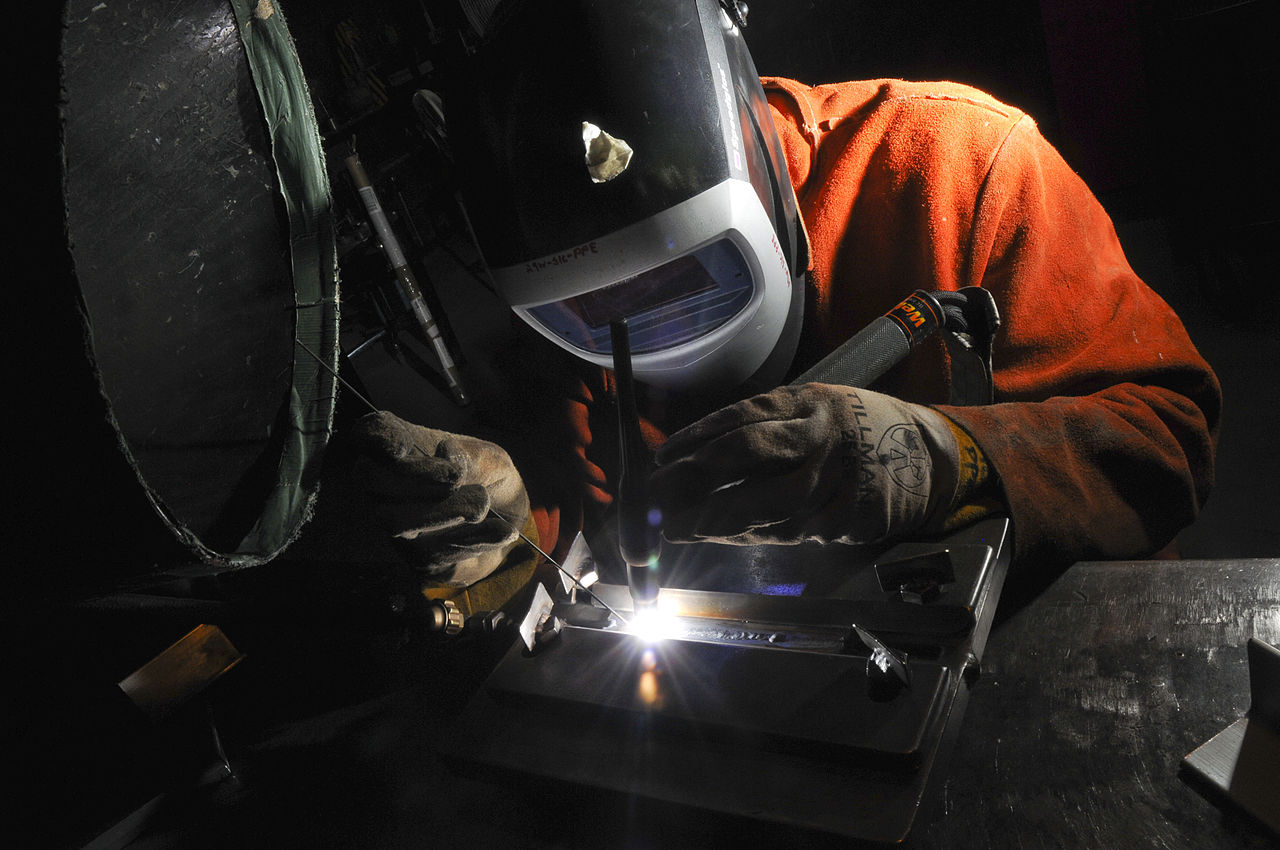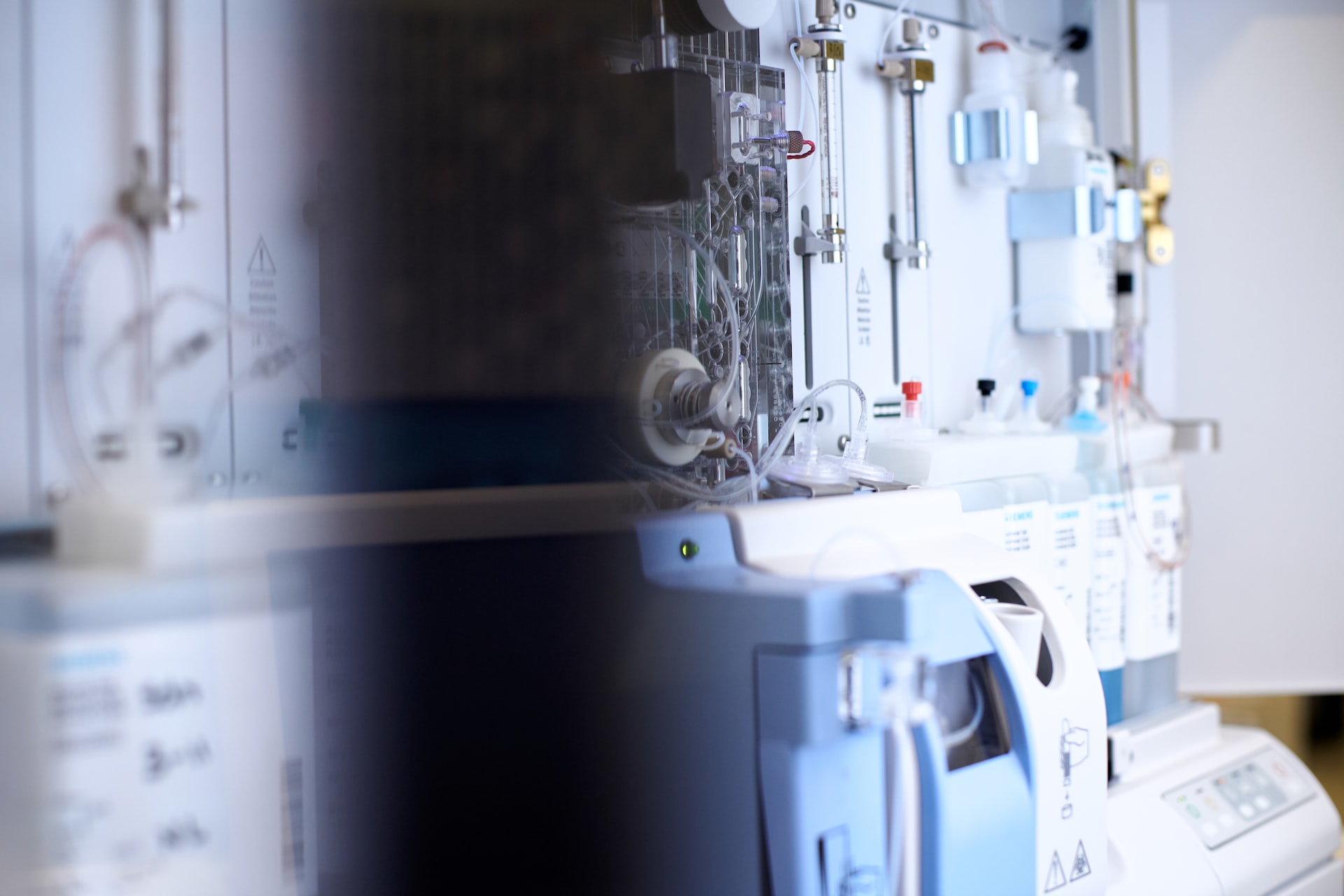Welding is the process of fusing metals together to create a useful product. This process is commonly used on construction sites or the manufacturing industry.
Welding has been around for a long time, and the methods employed have evolved significantly through time to meet certain criteria and standards. This evolvement has also caused the production of different welding tools that brought out a huge impact in the industry we know now.
Today, welding tools are continuously upgraded for improvement. Advancement in technology has contributed a lot to the development of new tools that would make welding methods easier to do.
Whatever changes have been made in the upgrade of welding tools, one thing is for sure; the impact would be felt significantly by the welding community that is a part of the greater construction industry.
The History and Evolution of Welding Methods
The first ever recorded use of welding is written by Herodotus during the 5th century in his book entitled, The Histories. According to him, iron welding was first used in the construction of the iron pillar of Delhi by Glaucus of Chios in Delhi, India.
The welding process he applied was through the use of metal and fire. It was the simplest method dated in history. It was believed in their time that fire could make the properties of metal alloy stronger to resist corrosion. Up until now, material scientists and archaeologists are baffled to know the secret as to why the iron pillar has a strong resistance to corrosion.
This led people to believe that the method used in welding must be one of the important factors in the contribution of its resilience that stood the test of time. Although experiments have tried to re-create the welding process, scientists have failed to reproduce the same strength of the metal.
The next known usage of the welding method is traced back during the middle ages where the art of blacksmithing was established. People manually pound 2 heated metals to be welded together. Hammering was the primary method used to fuse metals slowly, adding pressure and heat for strengthening a malleable metal. This process was also known as forge welding.
It was not until the early years of the 19th century when the art of welding had been modernized and used before as we are aware of today. For the first time, the fire was replaced by the utilization of a battery set between 2 carbons. It was later evolved into an electric generator that popularized the arc lighting process that uses electric current in welding.
In the 1800s, during the same time the arc lighting process used electricity, people discovered oxyacetylene could join and cut metals. This process is known as oxyfuel welding today. Although this method is almost obsolete in the modern industry, some people still use it for artworks and small-based shops.
Today, there are different types of methods used in welding. Each type is used for a particular job. Technology has also contributed to the creation of autonomous robots that are projected to take over the welding market. These robots have their own welding process capabilities and just one of the welding tools that can create a huge impact in the construction industry.
The Impact of Welding Tools in the Industry
The evolution of welding tools has brought a tremendous impact in the industry. As they continue to develop, the cost of it rises drastically. It also created a chain reaction in the price behavior of the building industry.
People who want to capitalize in the welding industry are having a hard time predicting when the best possible time is to invest due to the continuous evolvement in the welding tools. In fact, some materials created were believed to replace the universal need for heat in the welding process.
MesoGlue is being eyed as an alternative to welding and soldering. This is a glue-type material that joins two metals together without the use of any heat.
Scientists have been working on a better substitute for a regular welding process that doesn’t involve heat, as most of the welding accidents that happened at work are due to burning. If MesoGlue will indeed to replace welding tools in the future, this will stir a huge impact in the industry.
This would also cause a significant drop in the price of the building industry as standard welding tools cause a lot of money with maintenance and skilled workers fee.
In the assessment of the economic impact of the welding industry, welding tools have been one of the factors that can affect the industry the most. This is because welding devices are unstable. Aside from that, they demand constant change and development the most in meeting the set of standards and codes established by the welding industry.
A part of welding materials that is ever changing is the gears and accessories needed for the protection of the welder. The helmets and gloves should be updated now and then to adhere to the standards. These types of equipment are also essential for the optimum protection of the wearer.
Money allocation for the replacement of gears and accessories and the demand of the market for better safety and protection accessories is also a factor that affects the industry.
Reviews of gears such as gloves and other safety precaution accessories are readily available to help in selecting the right one that is worth the money. It can also assist in choosing the correct type of a particular job in welding.
But the welding tool that can create a massive impact in the welding industry is the popularization of autonomous robots that can copy the process of different welding methods. This is a huge advancement in the welding industry as it can make work more efficient and faster.
Although robots taking over the welding industry can have huge potentials in boosting the quality of its by-products, this could also result in mass layoffs that can leave a lot of skilled workers jobless. This can affect not just the building industry but the economy as well for the rate of unemployment may double in size.
Here are some of the pros and cons of the possibility of robots as welding machine replacements for the standard welding tools, and how it may affect the industry.
Pros
- Robots can provide equal or better quality of work when it comes to welding.
- Robots are easily programmable to do the different types of welding methods for a particular job.
- Automated welding can double the productivity and profitability of a welding company. This is due to the fast-paced performance of the robotic welder compared to the manual labor of their human counterpart.
- Automated welding is programmed to do the job where it can be set to have a 100% accuracy rate. This reduces human error significantly increasing the productivity of quality welds.
- Robots can’t get tired. Thus, subjecting them to do high-quality tasks are time efficient. On the other hand, the quality of welds in the manual process depends on the condition of the welder. A possibility of rejects or low-quality welds increases when the worker becomes fatigued.
- A manufacturer’s cost might increase due to complete reliance on human welders. This is due to the increasing labor costs and the quality of the welds produced by manual welding. In automation, this can be reduced to minimal with continuous quality welds.
Cons
- Robots can be costlier than paying a skilled worker for a specific job. This is due to the expensive maintenance of the device and its operational cost. Businesses still have to hire a professional to do the maintenance and repair works which can be pricier than hiring a skilled worker.
- Robots have more expensive parts and structure than an ordinary welding tool.
- Initial capital is more expensive in automated welding investment than initial investment for modern manual welding tools and devices.
- There is a life cycle for every machine. Full automation means full reliance of your welding operations to the machine. Like every other object, once a life cycle has been reached, the need of buying a new one would be imperative.
- Welding automation would require a much longer initial time to start up and reach full-scale production. Some companies procured manual welding tools initially to operate while waiting for the full set up of the automated welding.
- Compared to manual welding equipment, automatic welding requires more elaborate product maintenance due to the complexity of the system. Failure to follow the regular preventive maintenance can cause downtime of the machines, thus creating an unproductive day.
There are some factors to take into consideration before deciding to automate. Aside from weighing the pros and cons, you have to be sure of the need to automate. Also knowing the spending capacity is crucial because fully-automation means choosing to spend more on the welding tools rather than the skills of a person.
Conclusion
No matter what welding tool you choose in the future, the impact it has on the general welding industry is always high. This impact can be environmental, economic or more human in nature because welding will always play a significant role in the foundation of our modern society.
Author Bio:
Hello, I’m Beth and I love welding. I share my insights of different welding equipments and technique at Top Welders.







